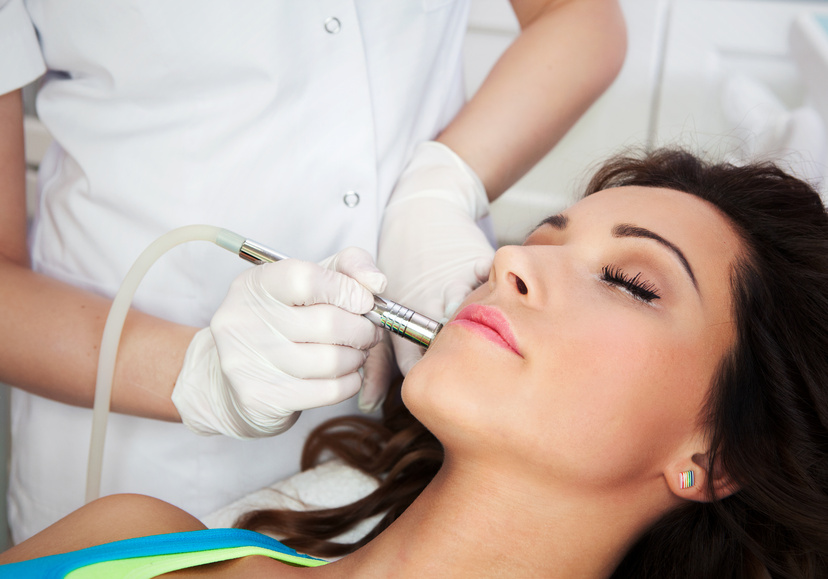
Microneedling is becoming one of the most popular non-invasive treatments for smooth and bright skin on the face and body.
Patients love that it’s effective, affordable, and has virtually no downtime. Aesthetic experts encourage at-home and in-office microneedling procedures because they can be used to treat a variety of concerns and are safe on all skin types.
Before trying microneedling, it’s important to understand its uses, advantages, recovery, and results.
What Is Microneedling?
Microneedling is also known as collagen induction therapy or percutaneous collagen induction.
It uses very small surgical-grade needles to create microscopic punctures in the skin’s surface. This controlled damage causes a wound-healing effect and the growth of new collagen and elastin.
Shorter needles can penetrate the epidermis and are often used on areas of thinner skin, such as the eyes and around the mouth. In addition, a more superficial depth works well on fine lines and creating microchannels for product absorption.
Longer needles can reach different layers of the dermis and are used on areas of thicker skin including the cheeks and body. Creating focused injuries at these depths can improve depressions from acne, stretch marks, and surgical scars.
Microneedling Benefits
Microneedling can be performed on the face, neck, chest, hands, and parts of the body. It can improve the skin’s appearance in a number of different ways including:
- Brighten skin tone and smooth skin texture
- Firm and tighten areas of laxity
- Diminish fine lines and wrinkles
- Reduce hyperpigmentation, sun spots, and melasma
- Minimize acne scars and depressions
- Improve the appearance of stretch marks
Types of Microneedling Devices and Needle Depth
Rollers are the most basic type of microneedling device. They require the manual manipulation of a rolling pin over the skin and are especially effective on larger areas of the body.
Stamps have a square-shaped tip containing needles and are pressed into the skin, rather than rolled.
Microneedling pens are similar to stamps, but they are automated and needle depth and speed can be adjusted.
Fractional Radio Frequency (RF) devices puncture the skin with needles and then use RF to heat the deeper layers of the dermis for greater collagen and elastin production.
Microneedling Advantages over Lasers and Chemical Peels
Microneedling is a zero-downtime treatment and has certain advantages over lasers and chemical peels. To start, it can safely be performed on all skin types, including thin and sensitive skin, and there is less risk of hyperpigmentation and scarring compared to lasers.
In addition, microneedling is very cost-effective and can be used on delicate areas, like eyes, that chemical peels are unable to treat. Providers can also target specific concerns without creating a line of demarcation that can present with laser treatments.
Preparing for In-Office Microneedling Treatment
A diet with plenty of fruits, vegetables, and water can help prepare the skin for microneedling.
Patients can also take vitamins and supplements and follow a consistent skincare routine, including exfoliating, to improve the effects of their procedure.
However, it’s important to discontinue exfoliants, retinols, alpha-hydroxy acids, hydroquinone, benzoyl peroxide, and other topicals at least three days before and after microneedling.
Recovery
After treatment, patients may look and feel as though that have and mild to moderate sunburn, which will subside within the next 24 hours. The skin may also flake or feel grainy one-to-three days after microneedling.
Patients can wash their face with a mild cleanser that evening, but must avoid exercise for 12 hours and makeup for 24 hours. In addition, the use of a broad-spectrum sunscreen with at least a 30 SPF is essential for two weeks post-procedure.
Results
The skin will begin to appear tighter, plumper, and refreshed within one-to-four weeks after microneedling. It can take up to two months to see the full effects of treatment.
Patients typically require three-to-five sessions, and frequency can range from three-to-six weeks depending on the type of device and needle depth used.
For additional information about microneedling, please call GlamDerm today to schedule an appointment.
